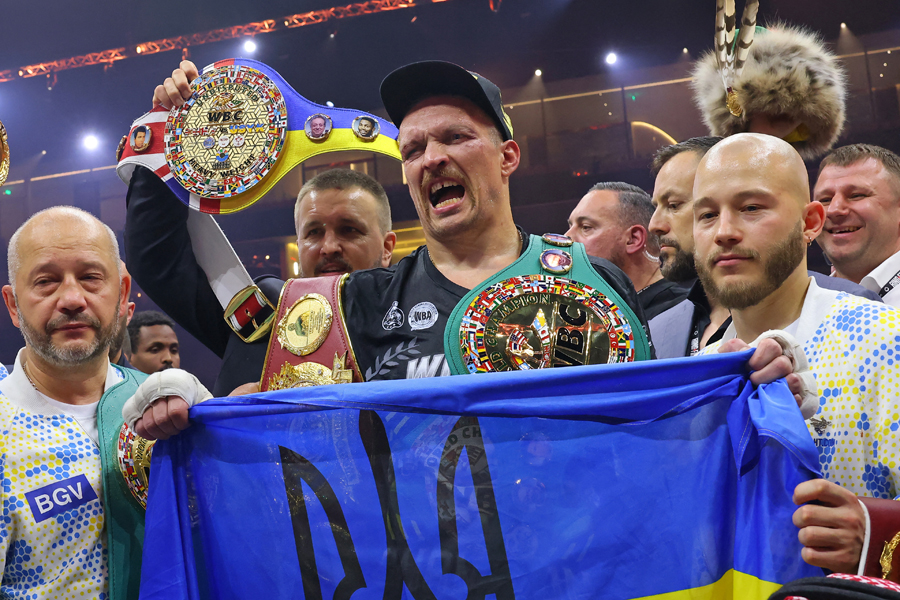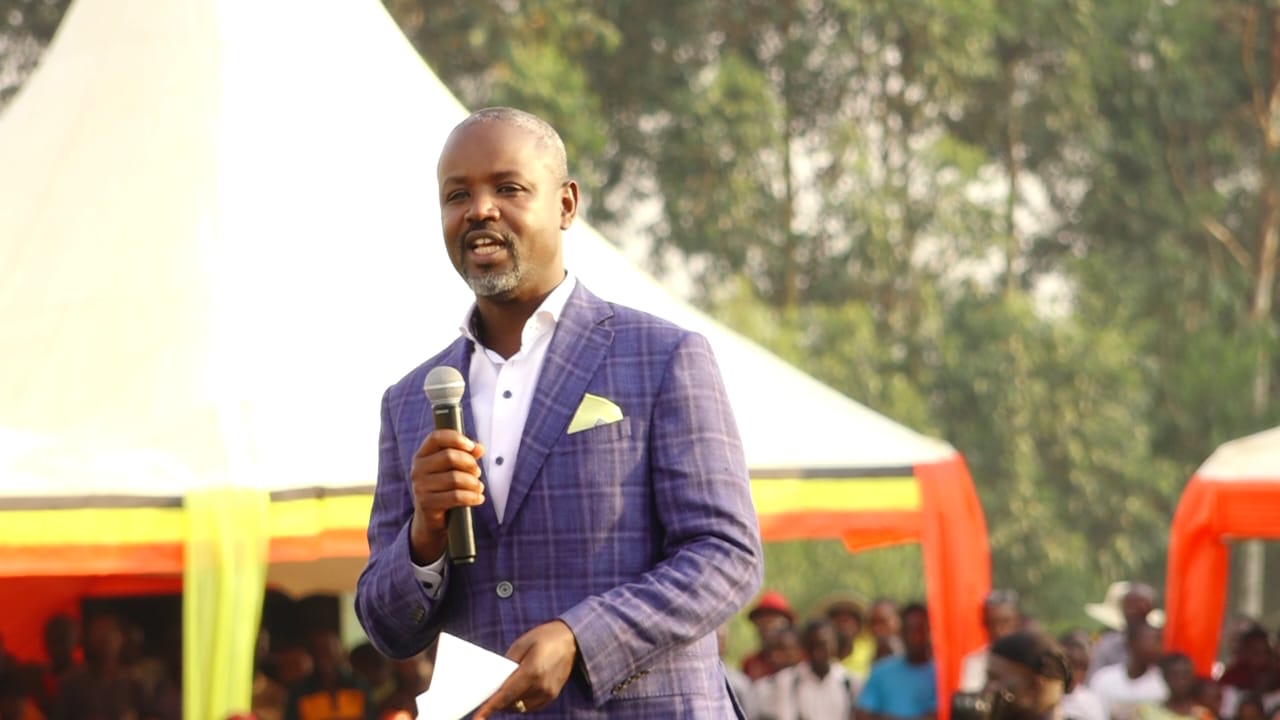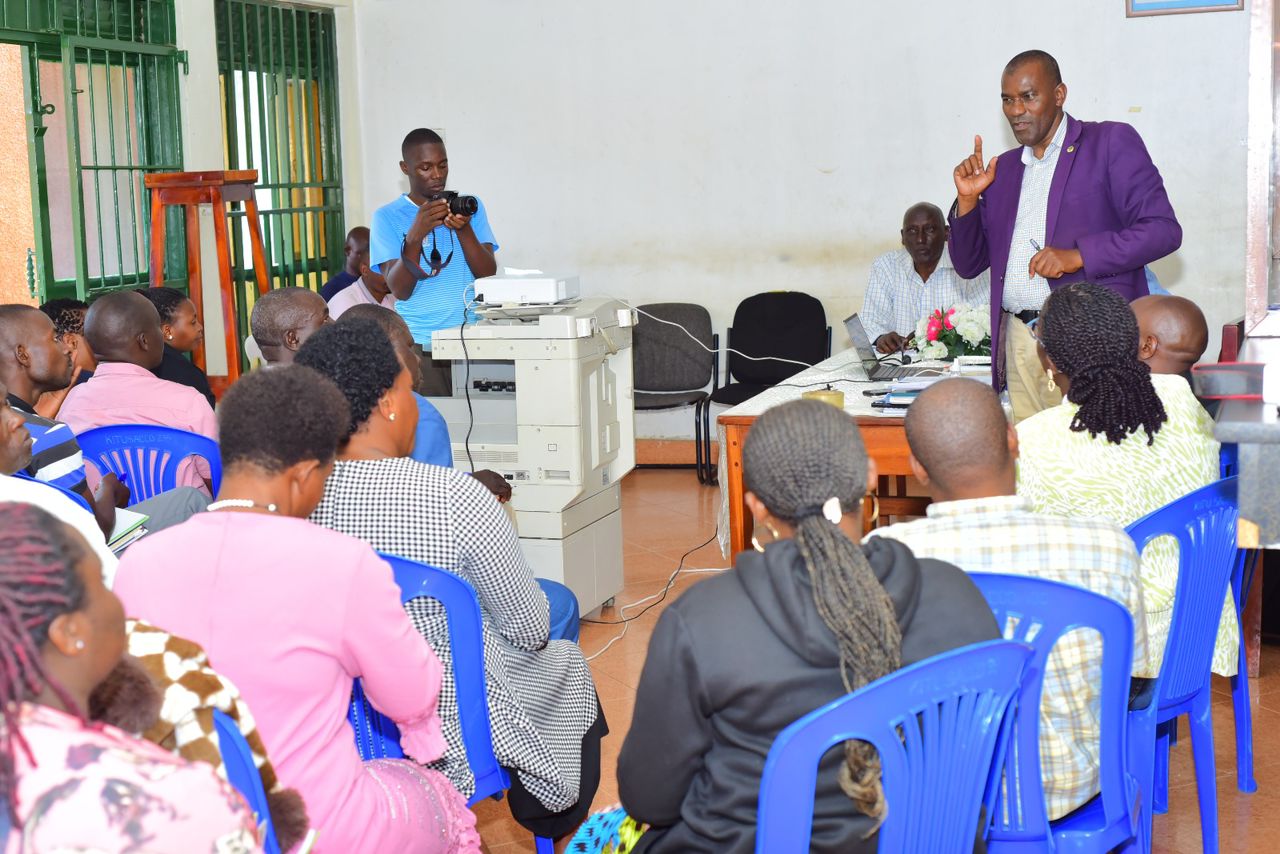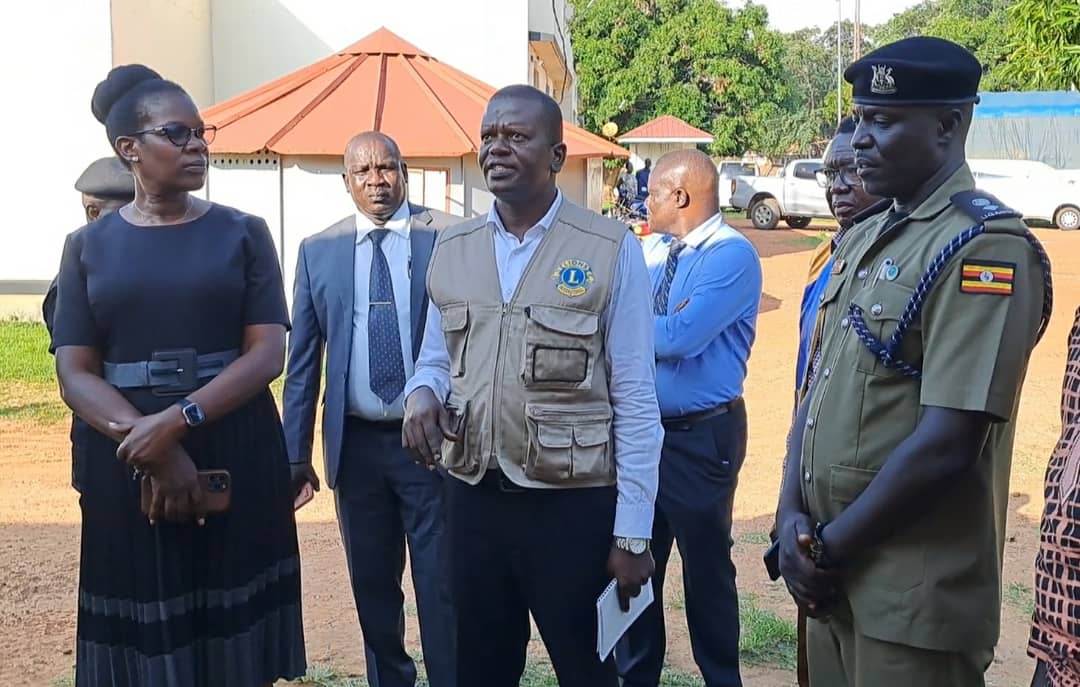Eid al Adha: A celebration of faith and sacrifice
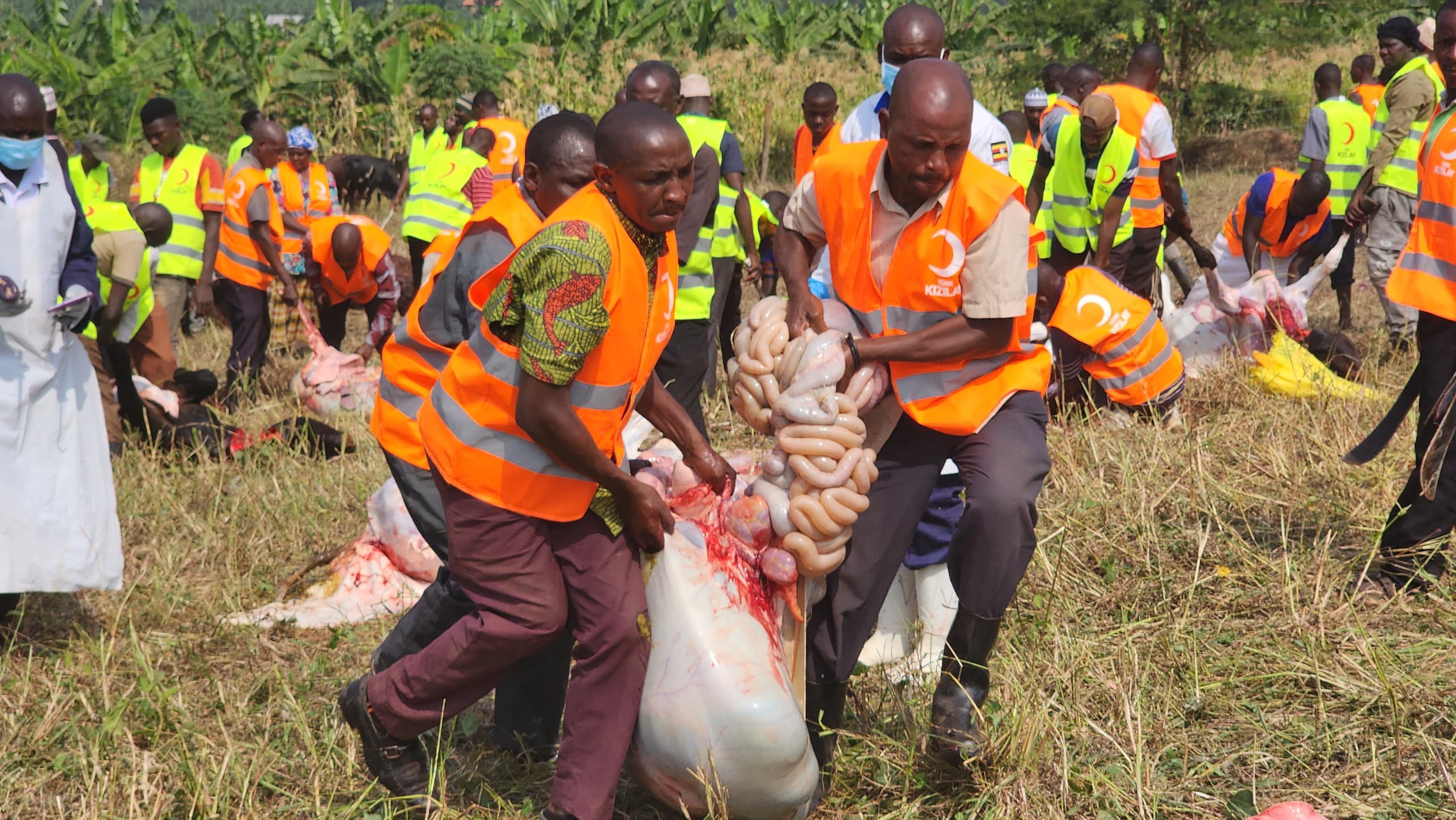
In cities and towns across the globe, Muslims are coming together to celebrate Eid al-Adha, a holiday marked by profound religious significance, acts of charity, and communal festivities.
Also known as the "Festival of Sacrifice," Eid al-Adha commemorates the willingness of the Prophet Ibrahim to sacrifice his son as an act of obedience to God, and God's mercy in providing a ram to sacrifice instead.
The roots of Eid al-Adha can be traced back to the Quranic story of Ibrahim, a celebrated prophet in Islam.
According to Islamic tradition, Ibrahim was commanded by God in a dream to sacrifice his beloved son, Ismail.
Demonstrating unwavering faith, Ibrahim prepared to fulfil this divine command.
However, at the moment of sacrifice, God intervened, sending a ram to take Ismail's place. Muslims worldwide celebrate this act of obedience and subsequent divine mercy annually during Eid al-Adha.
Eid al-Adha, falling on the 10th day of Dhu al-Hijjah, the last month of the Islamic lunar calendar, is a time for Muslims to remember Ibrahim's devotion and God's benevolence.
The holiday also coincides with the completion of the Hajj pilgrimage to Mecca, a journey that every Muslim is required to undertake at least once in their lifetime if they are physically and financially able.
For those who have completed Hajj, Eid al-Adha marks the culmination of their spiritual journey.
The celebration of Eid al-Adha begins with a special prayer known as Salat al-Eid, performed in congregation at mosques or open prayer grounds. This prayer is an opportunity for Muslims to come together, express their gratitude, and seek blessings.
Following the prayer, the central ritual of Eid al-Adha takes place: the Qurbani, or sacrificial slaughter of an animal, typically a goat, sheep, cow, or camel.
This act is symbolic of Ibrahim's willingness to sacrifice his son and serves as a reminder of the virtues of selflessness and devotion to God.
The meat from the sacrifice is distributed in three parts: one-third for the family, one-third for relatives and friends, and one-third for the less fortunate.
This practice emphasizes charity and community support, ensuring that everyone, regardless of their means, can participate in the festivities.
In addition to the Qurbani, Muslims engage in various celebratory activities. Families gather for festive meals, share gifts, and visit friends and relatives.
It is also common for Muslims to wear new or their finest clothes to mark the occasion. Children often receive Eid, a form of monetary gift, and sweets are prepared and shared abundantly.
While the core rituals of Eid al-Adha remain consistent, the celebration's cultural expressions vary around the world.
In South Asia, families might prepare special dishes such as biryani or kebabs. In the Middle East, traditional sweets like baklava and ma'amoul are popular.
African countries often incorporate local music and dance into their festivities, creating a vibrant and joyous atmosphere.
Eid al-Adha is more than a religious observance; it is a time for Muslims to reflect on their faith, renew their sense of community, and extend compassion to those in need.
As the sounds of prayer and celebration fill the air, the underlying message of sacrifice, devotion, and charity resonates deeply, uniting Muslims in a shared expression of faith and humanity.
In a world often divided by differences, Eid al-Adha serves as a poignant reminder of the power of faith to bring people together in a spirit of generosity and goodwill.
AI generated



